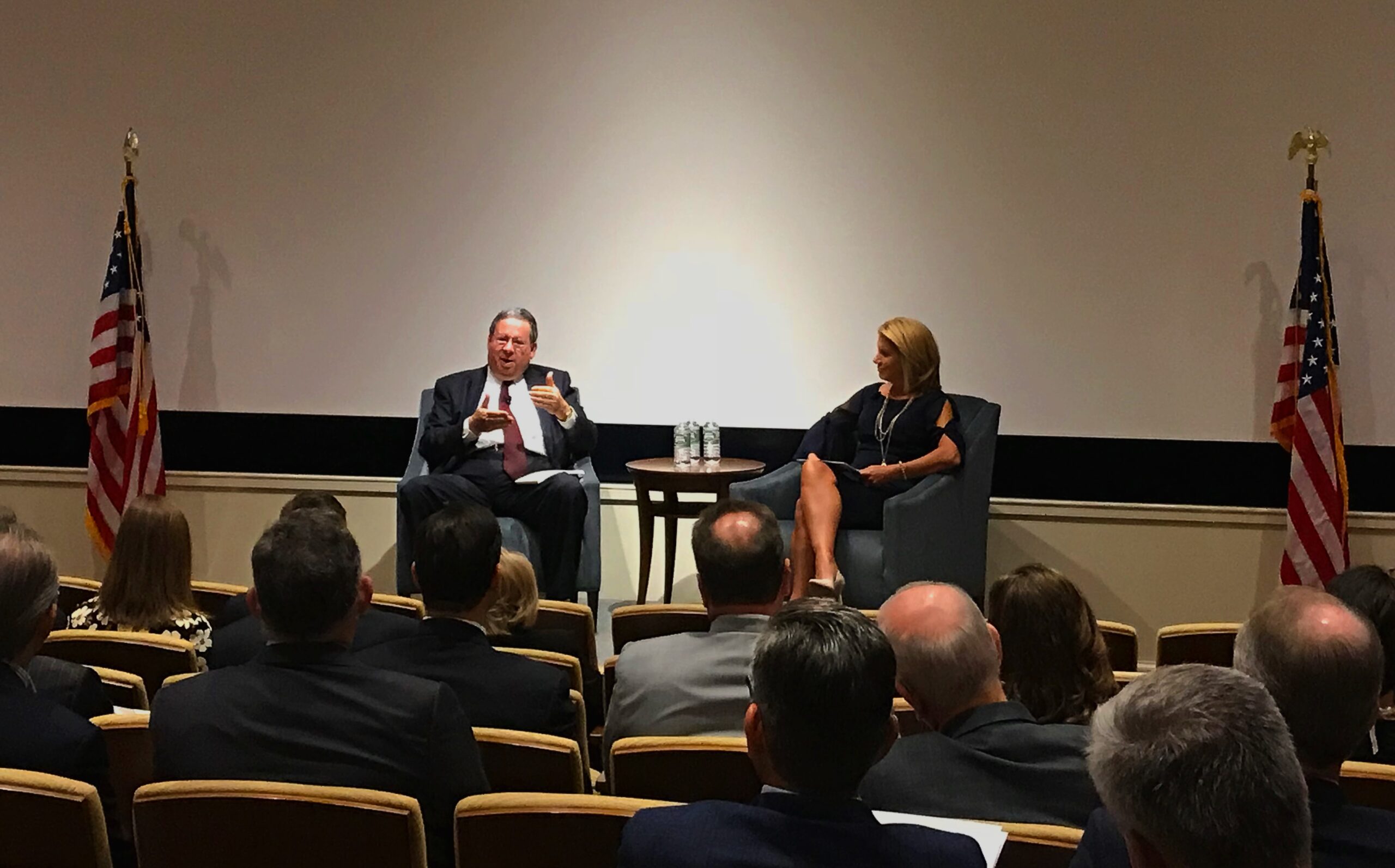As keynote speaker at the Satell Institute’s Fall CEO Conference, Philadelphia businessman David L. Cohen, Senior Executive Vice President and Chief Diversity Officer for Comcast Corporation, took a deep dive into one of the Institute’s key principles – the multi-year commitment.
As anyone who knows Cohen might expect, he eagerly offered up his unvarnished opinion – and he had nothing but fervent support.
“How would you run your organization if you only knew your revenues for one year?” Cohen asked a roomful of his fellow business leaders.
“One principle of the Satell Institute which really resonated with me is the importance of multi-year commitments,” he said. “For all of you in this room, you help to run large organizations. You have a lot more capacity in those organizations, than any nonprofit has in terms of financial people, strategic planning people, and HR people. I just want to ask you to think about how you would run your organization if you only knew your revenues for one year.”
It would be ‘unthinkable’
It was an intriguing lead-in to the discussion. People sat up and leaned-in. Then, Cohen said: “And at the end of every year you went to zero. You would start all over again in generating the revenues to be able to run your business, to be able to grow your business. If any of you would try to come in and say ‘this is the way I’m going to run my business. I’m going to plan for a one-year cycle and at the end of every year I’m going to start all over.’ I see everyone smiling. It would be unthinkable. You would never try and run an organization like that.”
Impediments to progress
Cohen’s probing setup helped put CEOs in the shoes of the nonprofits they’d been supporting. Clearly, making a one-year commitment – even the most generous one-year commitment – was telling the nonprofits to start all over again at year’s end. “It impedes strategic planning,” Cohen said. “It impedes the ability to think long term.”
Impact on the nonprofits
Cohen made clear that even the largest and most successful nonprofits struggle under the limitations of annual funding. “These are big organizations; big nonprofits in Philadelphia. They have real staffs. But when it comes to the significant development activities of Project Home or Big Brothers Big Sisters, [Sister] Mary Scullion is doing most of those big asks. Marcus [Allen] is doing most of those big asks. And no offense, [Sister] Mary is a fantastic development person. I’ve yet to meet the person who can say no. But I’d rather have her thinking about the strategy and the vision of how we attack the opioid crisis in Philadelphia, then spending half of her day having to raise money because every year she has to start from zero and raise the money.”
Pressure relief
“So multiyear giving by us – by us as a corporate community – relieves financial pressure; introduces the level of certainty for the nonprofits; allows for the type of strategic planning and visioning that we would [apply] in our own companies; and frees up the best talent in these organizations to work on the core activities of the organizations,” he pointed out. Funding a nonprofit for four years, instead of just one, frees up 75% the amount of time spent fund-raising.
Take responsibility
“It’s our responsibility to support these organizations with resources, with our human power commitment of talent to boards, employees as volunteers,” Cohen said. “It should also be our responsibility to lead in creating a movement around multi-year commitments for nonprofits in our community.”
“I believe that it is so important for us as corporate supporters and funders to support the organizations we care about on a multi-year basis and if you leave here today with no message other than that one, it would’ve been worth your attendance.”


